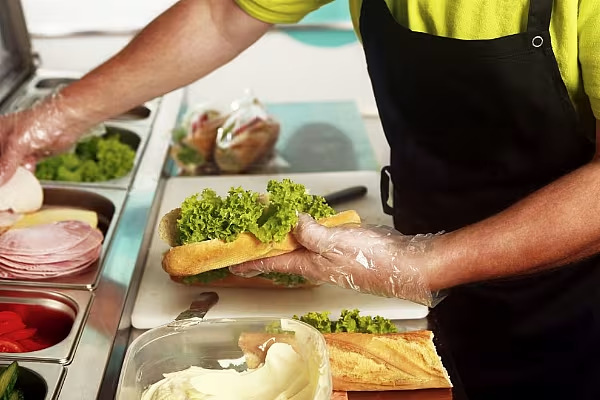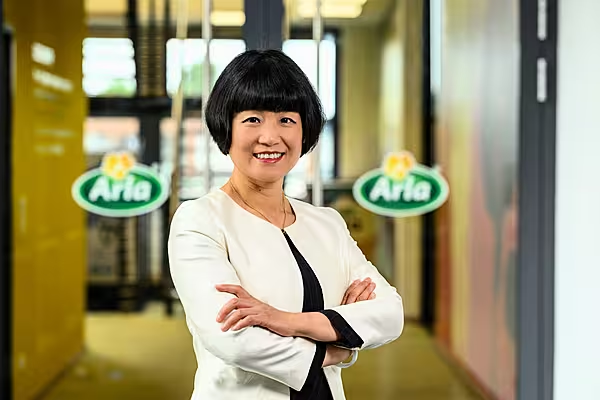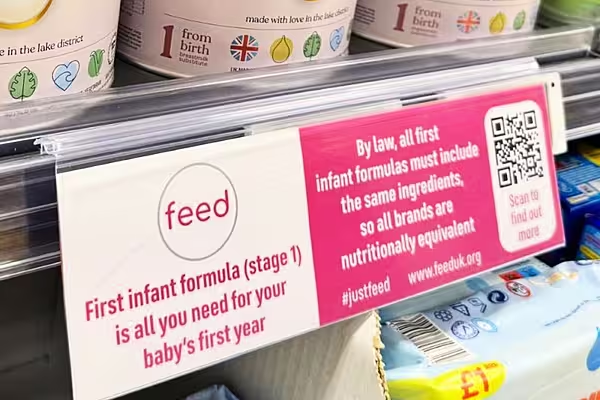The UK food-to-go market is set to deliver a number of innovative changes over the next few years, a new study by research firm IGD has found.
With a predicted worth of £23.5 billion by 2022, the sector will see new concepts in key areas such as health, emotional engagement, and experimentation when it comes to location.
Chiefly, the trend of healthy eating and wellness will impact noticeably on the food-to-go sector, with products such as vegetarian breakfasts and lunches becoming increasingly popular, according to IGD.
“We’re seeing the expansion of more healthier food-to-go ranges across the board. In the UK, for example, Pret [a Manger] has opened the minds of many new customers to vegetarian lunches and breakfasts, while gluten-free options have become more core features in ranges,” commented Gavin Rothwell, head of food to go at IGD.
IGD data shows that British shoppers would like wider vegetarian and free-from ranges on the go, with nearly one in three (30%) food-to-go consumers looking for more vegetarian options, 22% for more dairy-free choices, and 20% for a larger gluten-free range.
Consumers are also reportedly changing their mealtime habits. They are increasing their fixed meals from three per day to four, to cater to their busy lifestyles.
“UK retailer Waitrose spoke in late 2017 about a shift away from three fixed meals per day to four,” said Rothwell. “This suggested change underpins a wider adjustment in how we eat food, with more focus on fitting food around our lifestyles, rather than vice versa.
“With this in mind, we’ve witnessed the expansion of gym and protein boxes at several food-to-go specialists in the past year, and we’d expect both niche and mainstream operators alike to become more focused on this in 2018,” he added.
Changing Habits
Meeting the changing habits involves rethinking locations and experimenting with more mobile options. Rather than situating food-to-go outlets in commercial centres, food-to-go will have to pop up near workplaces, fitness centres, sports stadiums and festivals, meeting the customer.
“The growing presence of street food in many markets is encouraging a more flexible approach to companies’ location strategies, and is encouraging some to adapt their offer to a food-truck format, to take advantage of new opportunities,” Rothwell said. “In the US, the likes of both Whole Foods Market and Walmart are even bringing food-truck concepts in store. Meanwhile, in Mexico, we’re seeing the delivery app Rappi experiment with food delivery from street vendors, and in the UK, a number of food-to-go players, such as Subway and Greggs, are experimenting with delivery services to broaden their reach further.”
Businesses can also do well by embracing unexpected, like-minded partners to help them strengthen their brands, particularly large retailers and department stores. For example, in the UK, fit-food specialist Crussh is collaborating with Sainsbury’s and Debenhams, while Benugo is working with John Lewis, and EAT has recently entered an agreement with Compass and Debenhams. Italian restaurant chain Zizzi has also just opened its first pizza-to-go counter at Sainsbury’s.
Enticing Design
Reeling in customers with attractive visuals has been an established specialty of food-to-go stores and is set to be the case in the future, Rothwell said. Emotional engagement and functional design have been the keystones to creating an enticing customer experience, as shown in markets outside of the UK.
“The experience is based on the quality of the product, but is determined by a widening array of factors, including product display, in-store decor, customer service, and more,” said Rothwell. “We’ve seen some great experimentation around this from retailers over the past year. Albert Heijn’s new counter-based bakery/deli concept in the Netherlands is a great example. Similarly, many of the stores we’ve seen in Ireland also display these qualities.”
“Looking ahead to 2018, we expect more retailers across more markets to follow this path, particularly through urban stores, with a focus on convenience,” he added.
With its dynamic customer base and flexible models, the food-to-go sector is poised to position itself ahead of the curve in UK retail. While other retail sectors have seen an incursion from discounters and online disruptors, food-to-go has retained a healthy diversity and vibrancy that is well able to face the future head-on.
© 2018 European Supermarket Magazine – your source for the latest retail news. Article by Kevin Duggan. Click subscribe to sign up to ESM: The European Supermarket Magazine.













